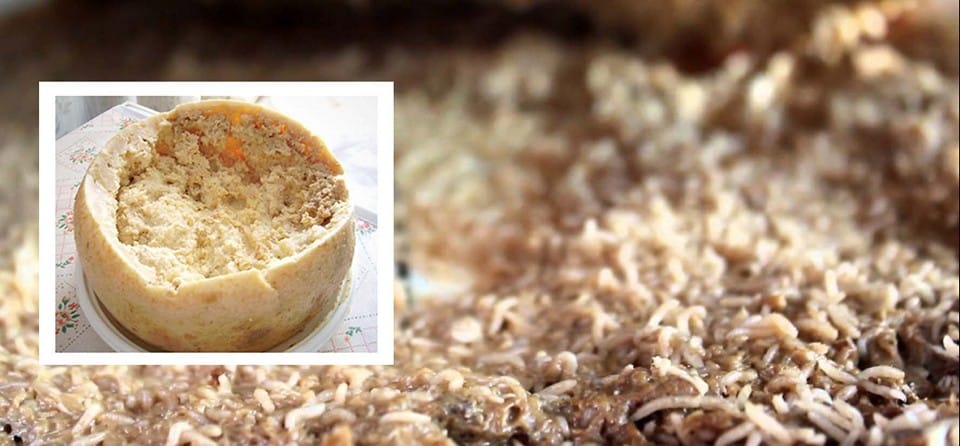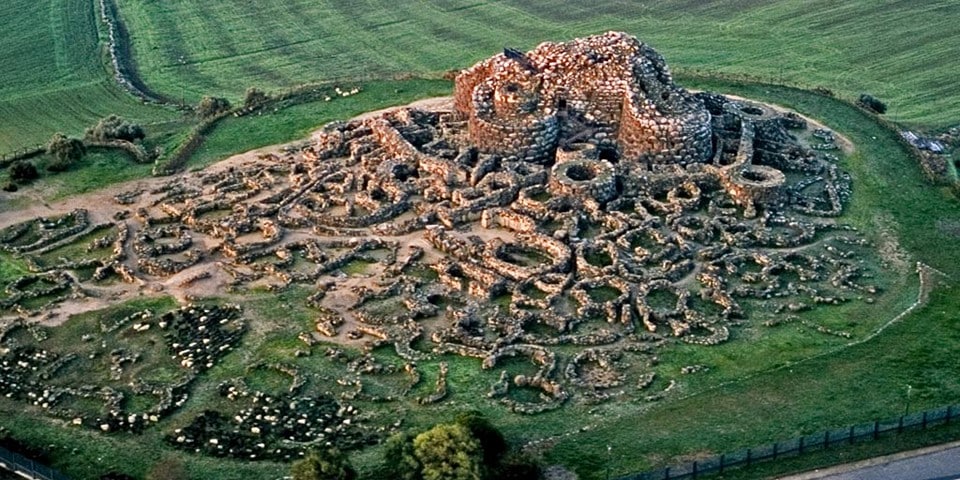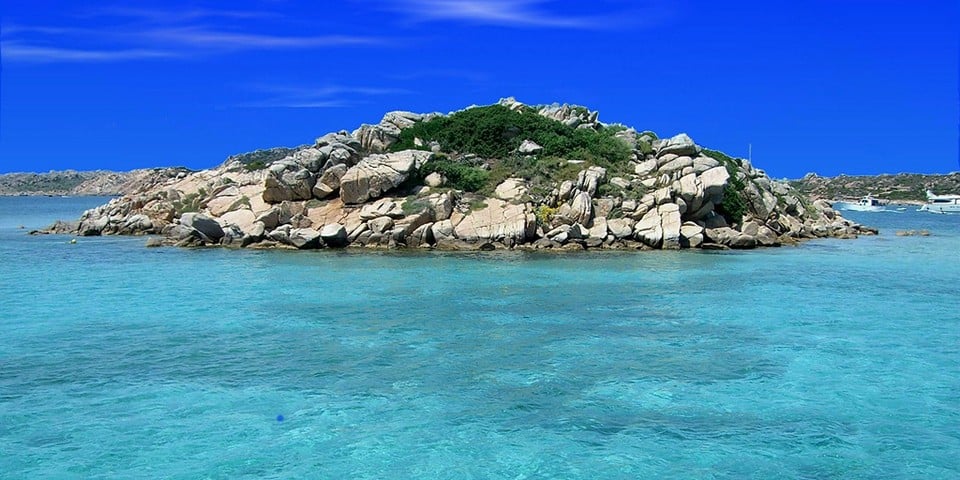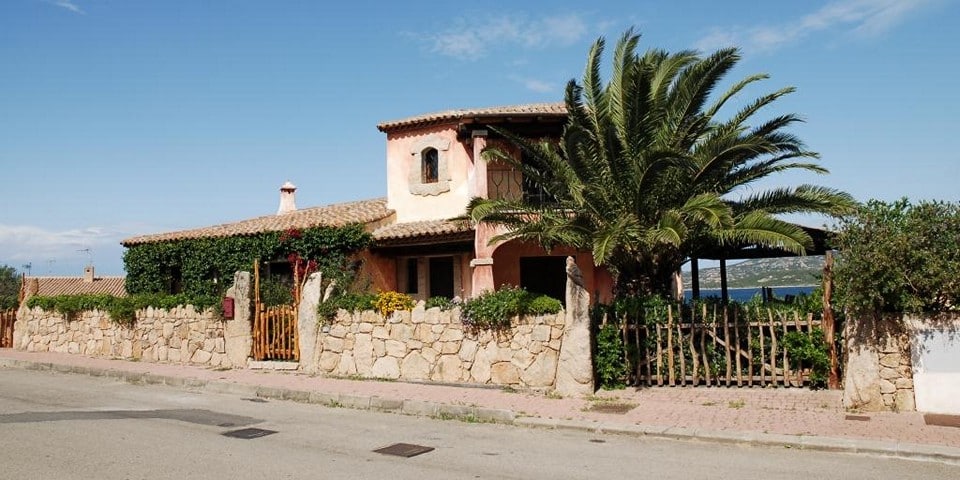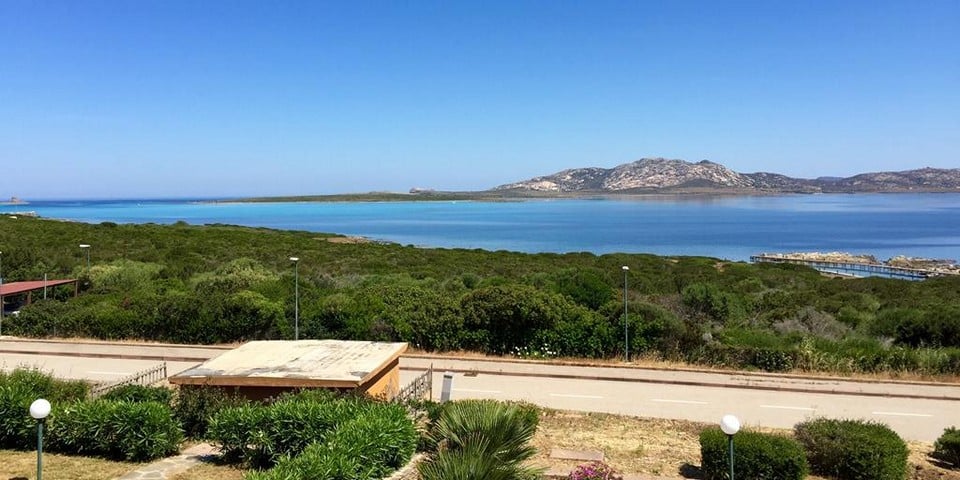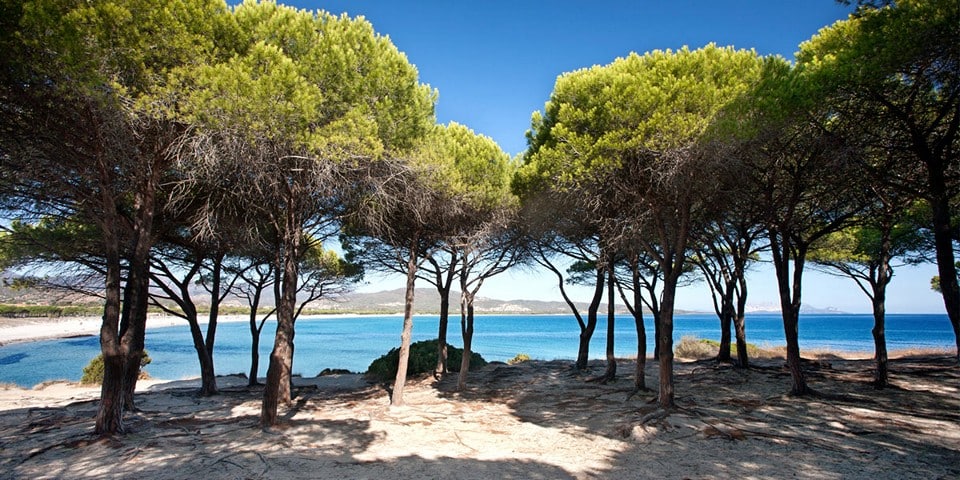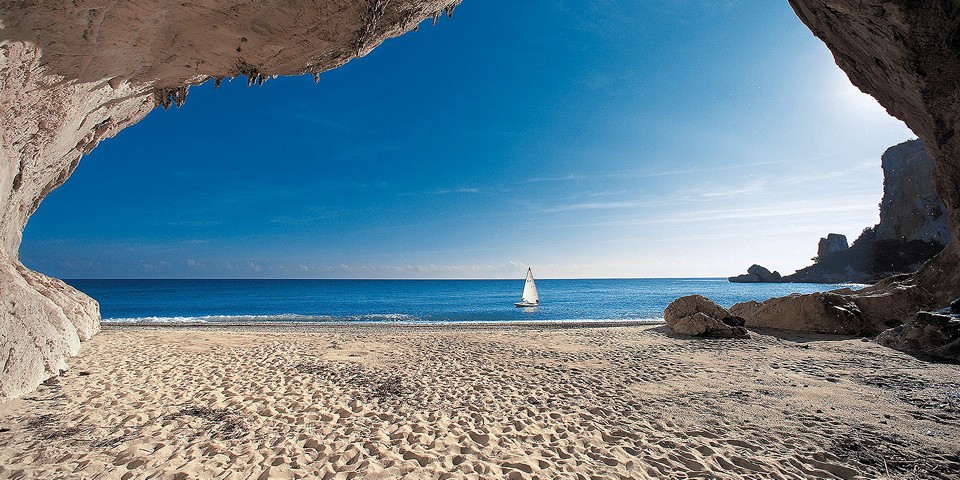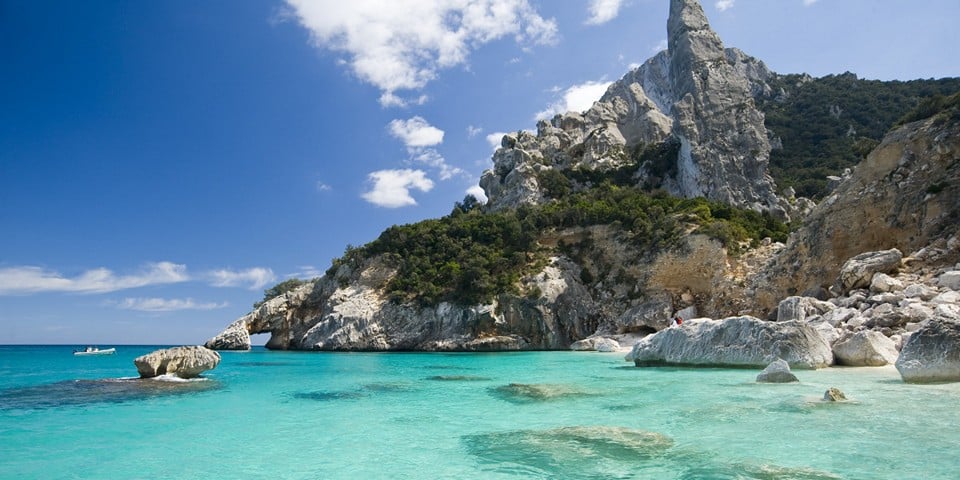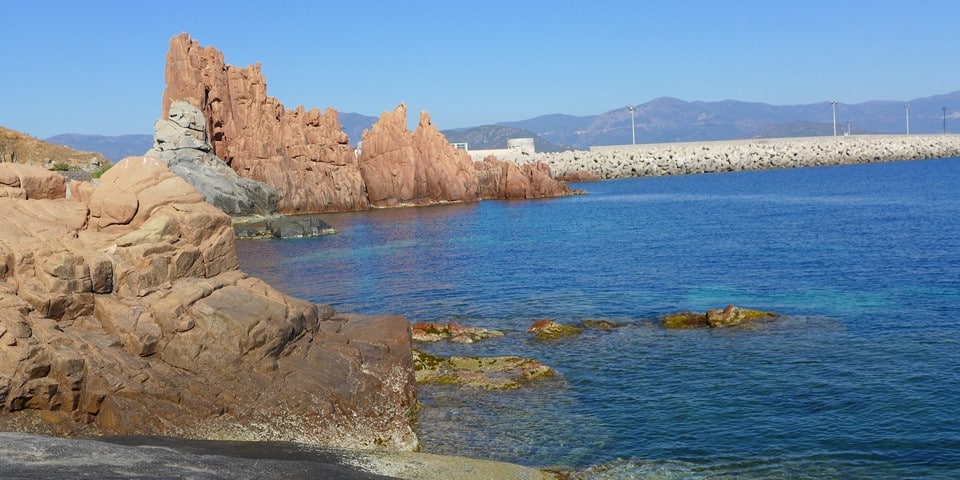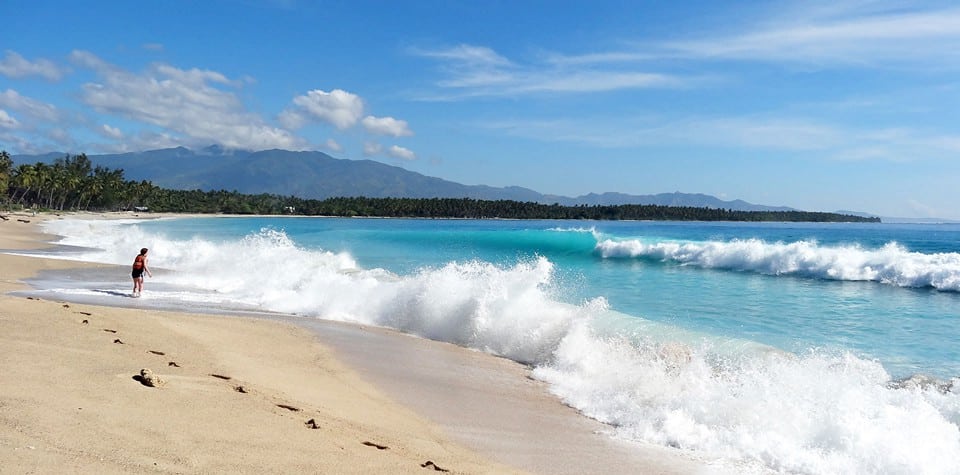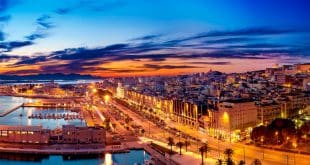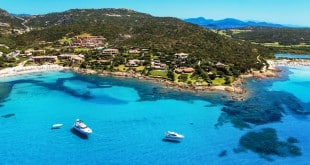Sardinia
Sardinia, also known as Sardegna, is located in the Mediterranean Sea to the west of the Apennine Peninsula. It covers slightly over 24 thousand square kilometers, with a population of over 1.66 million people.
As part of Italy, Sardinia holds the status of an autonomous region called “Regione Autonoma della Sardegna,” divided into 8 provinces, with Cagliari being its administrative center.
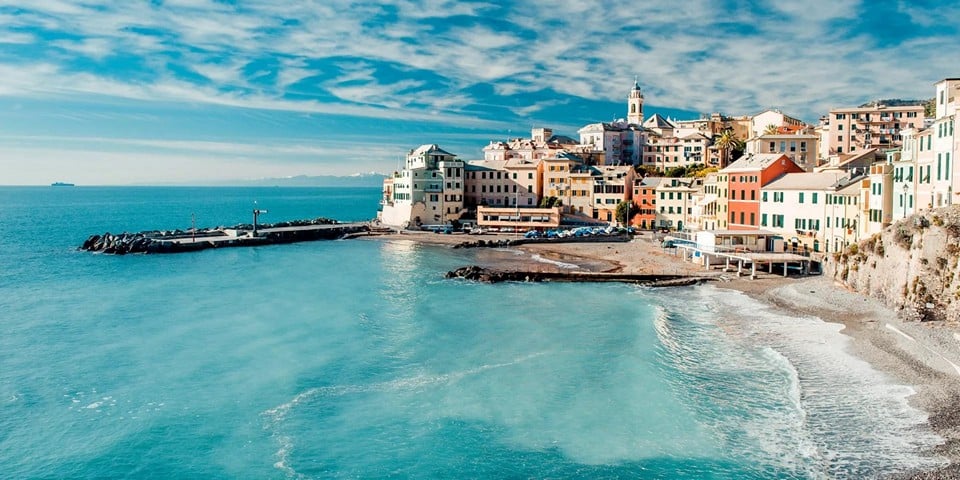
Page Contents
Things to Know Before Visit Sardinia
What is Sardinia known for?
Sardinia what to do?
Sardinia what to see?
General Information about Sardinia
Sardinia lies in close proximity to the French island of Corsica, separated by the Strait of Bonifacio, which is slightly over 11 kilometers (6.8 miles) wide. The island’s terrain is predominantly mountainous, with mountains approaching the water’s edge in the east; lowlands characterize the western part. The climate is warm and dry, with winter temperatures reaching up to +10°C (50°F) and summer temperatures surpassing +25°C (77°F).
The island has a rich history of human settlement, with archaeological evidence of prehistoric monuments dating back to 4-2 millennia BCE. Sardinia has witnessed the rule of Phoenicians, Romans, Arabs, and successive dominions of the Aragonese dynasty, Spain, and Austria.
In the early 18th century, the island became part of the Kingdom of Sardinia, and in 1861, it joined the unified Italy.
While tourism is well-developed in Sardinia, it is not the main source of income for the island. Over 25% of the population is employed in industries such as petrochemicals, electronics, and more. Sardinia produces more electricity than it consumes, and sheep farming in the mountains is one of the most profitable sectors in the local economy. The island also boasts a thriving wine industry and fishing for tuna and sardines in coastal areas.
Interesting Facts about Sardinia
The Sardinian language is widespread in Sardinia. It holds the status of a regional language, spoken by over half of the island’s population, except in some areas. Since 1970, it has gradually been fading, sparking protests among nationalists, who constitute a significant number on the island.
The Sards, as representatives of the island’s indigenous population, do not consider themselves Italians and have always aspired to independence.
Thousands of Nuraghi (Nuraghe), megalithic towers around which people settled, have been found in Sardinia. They were built in the 2nd millennium BCE, and the origin of the builders of these colossal structures remains unknown to this day. The uniqueness of these constructions lies in the fact that the massive stones forming the towers are not cemented together, and the entire tower is held together solely by the weight of the stones pressing against each other. Sardinian Nuraghi are under the protection of UNESCO.
Sardinia is associated with the expression “sardonic laughter,” meaning sarcastic laughter expressing contempt. The Greeks attributed it to people who laughed at the moment of their own demise. There are several versions of the origin of this enduring expression. According to one of them, the local poisonous plant, if eaten, induces convulsions and sounds resembling laughter in people.
Sardinia is one of the regions in Italy where the cheese Pecorino is produced in large quantities. It is made from sheep’s milk and has been part of the local diet since ancient Roman times.
Two varieties of Pecorino are produced on the island – Pecorino Romano and Pecorino Sardo. From the latter, they make a special type of cheese called “casu marzu” (casu marzu), a unique product not consumed elsewhere. The soft cheese mass contains live cheese fly larvae, which is why Casu Marzu was banned in Italy for a long time as a contaminated product. In 2010, it was recognized as part of the island’s cultural heritage and permitted for sale again. Local residents consume it with great enthusiasm, considering it a delicacy.
How to Get There
The main airport of the island of Sardinia is Cagliari Elmas Airport (Aeroporto di Cagliari Elmas), located in the island’s administrative center. It is also known as Mario Mameli Airport (Aeroporto Mario Mameli di Cagliari). Flights from London, Paris, Brussels, Rome, and major Italian cities arrive here. From the city center, you can reach the airport by taxi or train (1.5 euros and 5-7 minutes from the city center).
Two other airports are located in Olbia (Olbia Costa Smeralda Airport) in the northern part of Sardinia and Alghero (Alghero-Fertilia Airport) in the west. They also serve international and domestic flights.
Another option is by ferry. Sea transportation operates all year round. You can reach Sardinia from the ports of Genoa, Naples, and Rome or from France via Corsica. Grimaldi Lines operates ferries from Greece, Spain, and North Africa. The journey from Rome takes 14 to 16 hours and costs 16 euros (for a seat); faster ferries (7-hour journey) are more expensive, around 37 euros. The ferry to Barcelona takes 12 hours, and the ticket price with a seat is 61 euros.
Ferry lines also connect the island’s ports. During the summer, when numerous vacationers head to Sardinia, daily ferry trips increase to 30.
Internal Transportation
For internal transportation, you can use trains or buses. Trains from Cagliari’s central railway station connect to many cities in Sardinia. The journey to Olbia takes about 3 hours and 10 minutes, with a ticket price of 18 euros; to Sassari, a major city 35 km west of Alghero, the journey also takes three hours, and the ticket is slightly cheaper at 16.5 euros. Detailed information can be found at www.trenitalia.com.
Bus schedules are available at www.arstspa.info. The ticket price for intercity routes starts from 6 euros. Keep in mind that there are many bus routes, but only 1-2 buses may operate on each route daily. Buses even reach the smallest settlements, so such a journey can be quite time-consuming; for example, a distance of 26 km may take more than two hours by bus.
If you are planning long-distance trips, it is better to rent a car.
For shorter transfers, you can use taxis. All taxis are equipped with meters; the initial fare is 3-5 euros, and the price per kilometer ranges from 1.25 to 2 euros.
Individual Excursions in Sardinia
For those who want to explore the island of Sardinia in the most comfortable and captivating way, I recommend booking the following individual excursions:
- Overview excursion of the Emerald Coast Costa Smeralda.
- Corsica excursion from Sardinia: the city of Bonifacio, Napoleon’s birthplace.
- Culinary masterclass of traditional Sardinian cuisine.
Detailed descriptions and current prices of the excursions can be found in the “Excursions in Sardinia” section. To make a reservation, please contact Artur through the contact form.
Read also about the best time to visit Italy.
Attractions
Typically, visitors come to Sardinia to spend a week or two on the beaches, forgetting about the island’s grand historical heritage.
A remarkable example is the aforementioned Nuraghi, one of which is located 50 km from Cagliari. The place where it was found is called Su Nuraxi di Barumini. This ancient fortress (although scientists still debate its purpose) consists of a complex network of passages between high stone walls. Access to the complex is possible only as part of organized tourist groups, and the ticket price is 8 euros.
History enthusiasts must visit the site of the island’s first city founded by the Phoenicians. Nora is located 30 km from Cagliari and was accidentally discovered in 1950 when a storm washed away the earth, revealing ancient ruins. Here, the remains of residential buildings, temples, and ancient streets are preserved. Excavations are still ongoing.
Near Alghero, there is Neptune’s Grotto (Grotte di Nettuno) – an open part of a large cave that visitors can explore about 80-100 meters deep. In the middle of the last century, a staircase was carved into the rock to provide access to the grotto, and it can also be reached by sea. The cost of visiting is 13 euros, and an additional 15 euros are required for a boat ride if you prefer not to walk the 650 steps.
To the north of Sardinia, between it and Corsica, lies the La Maddalena Archipelago (Arcipelago della Maddalena). It consists of 62 islands, one of which, Budelli, gained worldwide fame thanks to Michelangelo Antonioni’s film “Red Desert.” The island is part of a national park and is uninhabited. Its area is just 1.6 square kilometers, with a total coastline of 12 kilometers. The small beach is covered in pink sand due to the presence of tiny shell particles. Access to the beach is restricted, but it can be admired from the sea.
Resorts and Beaches in Sardinia
The sea off the shores of Sardinia is incredibly beautiful. There are numerous beaches to suit all tastes, from wide sandy ones to tiny hidden coves in the rocks. Due to the island’s diverse terrain, its coastlines vary greatly, allowing you to choose the option that appeals to you the most.
- Before your trip, explore The Best Beaches in Sardinia.
Northern Coast
In the north of the island lies one of the most famous resort areas, Costa Smeralda, or the Emerald Coast, named for the color of the sea. It’s a hub of luxury tourism, attracting celebrities and affluent individuals. Its heyday began in the 1960s when multimillionaire Prince Karim Aga Khan IV established the Porto Cervo resort here for the wealthy. A week’s stay in the peak season, in August, will cost around 13,500 euros (Cala di Volpe). There are simply no hotels with rooms under 150 euros per night – even for a tiny room with a shared bathroom.
For those who can’t afford such extravagance, consider Arzachena, a town located in the heart of the Emerald Coast. Here, you can find accommodation starting at 700 euros (B&B Monti di Jogliu), but you’ll need to take a taxi to reach the beach.
On the northwest of Sardinia, on a cape jutting far into the sea, you’ll find the town of Stintino. Its best beach is La Pelosa. Further north is the island of Asinara, which protects Stintino from storms, ensuring calm waters – an ideal spot for families with children. You can reach it by bus or by sea. Accommodation starts at 1,000 euros (Case Vacanza Punta Negra guesthouse).
Eastern Coast
South of Olbia, on the coast, are the towns of Budoni and Siniscola. Choosing this part of the island as your base camp, don’t forget to rent a car – you’ll want to drive along the coastline to capture the stunning views of Sardinia. There are numerous secluded beaches, caves, and grottoes here. Civilization hasn’t spread its influence here yet, making it the best place for a wild getaway. Accommodation is much more economical than in other resorts, with apartments 100 meters from the beach costing around 980 euros (Appartamenti Agrustos).
If traveling with young children, it’s best to stay in one of the hotels on the Orosei Peninsula. It offers a safe environment with sandy beaches and shallow waters, known for their exceptional clarity. Accommodation in a family room at Albergo Diffuso Mannois costs just over 1500 euros.
Cala Mariolu Beach is one of the most beautiful in Sardinia. Located on the shore of the Gulf of Orosei, it stands out with its pebble-strewn beach. Depending on the lighting, the pebbles change color and sometimes appear a gentle pink. Getting here is not easy. You can reach it by car from the town of Orosei, but the road is quite distant from the coast, making the journey over 80 km. For hiking enthusiasts, a challenging but rewarding route through the rocks is possible. A less extreme and accessible option is to take a boat from Santa Maria Navarrese or Arbatax.
Heading south on the east coast of Sardinia is the province of Ogliastra, known for its mountainous terrain and smaller beaches compared to other parts of the island. However, the local beauty provides unforgettable experiences, more than compensating for the lack of entertainment found in the widely advertised resorts of other coasts.
Tortoli, the administrative center of the province, has its own beaches, for example Basaùra or Lido di Orrì. There are many beautiful places in the vicinity of the city that tourists hardly know about. The town of Arbatax is located 4 km to the east. It stands on a promontory jutting out into the sea and is famous for the red-colored Rocce Rosse rock, which presents an amazing sight, especially in stormy weather. You can stay in a 4-star La Bitta(1570 euros per week). The surrounding area of the city of Santa Maria Navarrese is especially beautiful. A stay in one of the best local hotels in high season will cost 2080 euros for two (Lanthia Resort).
Tortoli, the administrative center of the province, boasts its own beaches, such as Bassaura or Lido di Orrì. The surrounding areas offer numerous beautiful spots, mostly undiscovered by tourists. About 4 km east lies Arbatax, situated on a cape jutting out into the sea and famous for its Rocce Rosse, red-colored rocks that create a stunning spectacle, especially during stormy weather. Accommodation can be found at La Bitta, a 4-star hotel costing 1570 euros per week. The surroundings of Santa Maria Navarrese are particularly beautiful. Staying at one of the finest local hotels during the peak season will cost around 2080 euros for two people at Lanthia Resort.
South Coast
The southern coast of the island is a paradise for diving enthusiasts. The city of Villasimius is located 40 km from Cagliari. Several sunken ships rest not far from the shore, and excursions to them from all parts of the island are organized. The total length of the beaches exceeds 30 km. Due to its proximity to the island’s administrative center, local resorts can get crowded, so it’s best to search for a good hotel in advance.
For a week-long vacation, you should budget at least 2500 euros. An excellent option with direct beach access is the Stella Maris hotel, priced at 3955 euros. The boutique hotel Su Sergenti is located further from the sea, but offers rooms at 1600 euros.
West Coast
The beaches of Sassari province in the western part of the island are known as the Coral Riviera (Riviera del Corallo). The central beach in Alghero, Spiaggia del Lido, is well-equipped, and there is an admission fee.
Wilderness enthusiasts can drive 8 km away from Alghero to reach the wild beach of Spiaggia della Speranza.
- My tips on choosing a hotel in Alghero will come in handy for you.
A little further, 15 km from Alghero, within a nature reserve, you’ll find Spiaggia di Mugoni. The shallow waters and wide sandy beaches make it ideal for family vacations. An even more exotic option is Spiaggia di Porto Ferro. Its sand has a rich ochre hue, and the sea is brilliantly blue, creating a stunningly beautiful contrast. This beach is popular among windsurfers. In the high season, you can rent apartments in Alghero on the beach for just over a thousand euros (S’Arena Bianca Apartments).
The beaches in the vicinity of Oristano, especially in the resort area of Sinis, are highly recommended for family vacations with children such as Mari Ermi and Is Arutas. Their uniqueness lies in the fine quartz sand, resembling rice grains, which provides excellent therapeutic benefits.
Oristano offers budget-friendly accommodation options, like Acuario guesthouse, located on the beach just 6 km from the city. They offer double rooms for 585 euros per week.
 Italy for me From Italy with love
Italy for me From Italy with love

